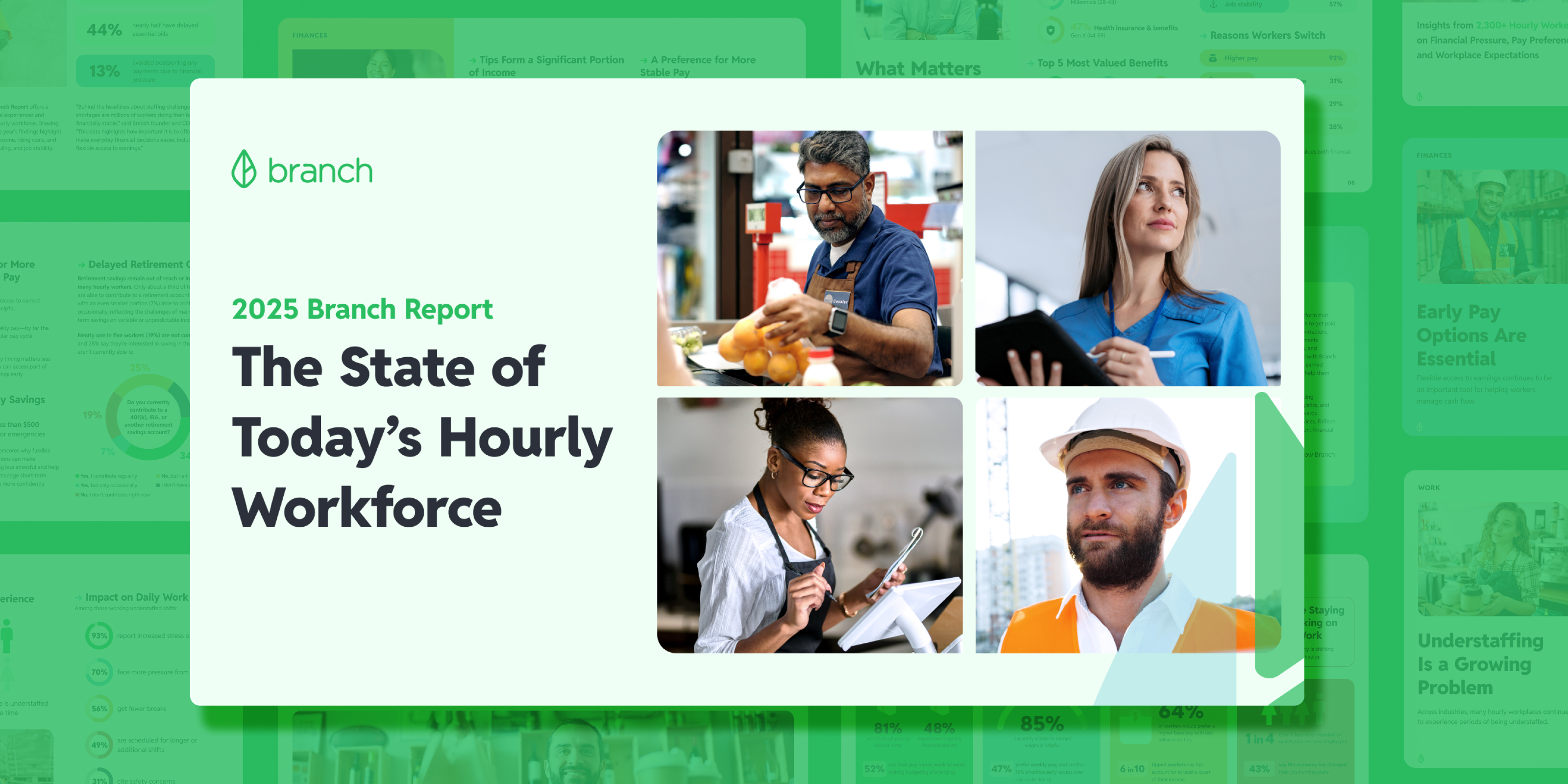
4 Trends Defining the Hospitality Industry of the Future
The hospitality industry endured notable disruptions during the pandemic, giving rise to trends like outdoor dining and at-home haircutting services. As in-person experiences returned, several new trends arose that are now redefining the hospitality industry of the future. From new payment technology to augmented reality, here’s a few things customers can expect from restaurants, spas, salons, and other hospitality-centered businesses in the years to come.
1. Contactless Technology
Contactless technology has emerged as an important trend amongst hospitality businesses. Fifty seven percent of consumers say they’re more likely to do business with retailers that offer contactless options, and it’s become the norm to pull up a restaurant menu via QR code or enter your detailed order at a self-service restaurant kiosk.
Initially adopted to enhance safety for both guests and staff, it’s become a way to offer greater convenience to customers. Restaurants can save on material and menu costs and have greater flexibility for making updates to their offerings. Many hotels are leaning into this trend by allowing guests to seamlessly check-in through an iPad, allowing for a smoother and faster arrival and departure process. Contactless technology has also been enhanced to enable keyless entry systems for hotel rooms and spa experiences that can be accessed with a smartphone or punch code, adding an extra layer of security, as digital keys can be easily revoked or changed in case of loss or theft.
2. Mobile Payments and Cashless Tipping
Mobile payments have also gained significant traction and popularity among consumers. Already, 41% of Americans say none of their purchases during a typical week are paid for in cash. For restaurants, salons, spas, and other service-based businesses seeking to stay in step with these trends, providing payment options like Apple Pay and other digital wallets is crucial. Locations still requiring cash tips will quickly become outdated as more and more consumers join the cashless economy.
Mobile payments are also helping businesses provide faster pay to their employees. Many restaurants and spas have added disbursement technology that allow employees to immediately access tips and other earned wages at the conclusion of their shift. These payments are especially helpful for restaurants that also employ delivery drivers. For example, Jimmy John’s partnered with Branch and is now able to offer automated payouts of drivers’ tips and mileage, increasing the satisfaction of their drivers and helping to retain these necessary employees.
3. Work From Anywhere
The rise of hybrid work has made coffee shops, hotel lobbies, and even pedicure chairs appropriate places to catch up on email. One in 4 Americans say they have done remote work from a restaurant or coffee shop in recent years.
Businesses hoping to attract customers during the day should have high speed wi-fi and comfortable areas for meetings and remote work. For a restaurant, that may mean allowing visitors to use laptops during designated times, or offering restrooms on site so that customers feel comfortable staying for a few hours. For a salon, that may mean a comfortable waiting area with space for chargers where clients can catch up between appointments. Some hotels are also creating remote-first packages, with WFA or Work From Anywhere offerings becoming a popular selling point for remote workers looking for a temporary change of scenery.
4. AI and AR
Artificial Intelligence (AI) has started to disrupt virtually every industry, and the hospitality sector is no exception. Though restaurant servers, hotel staff, or salon stylists are positions that aren’t going to be replaced by machines anytime soon, the hospitality industry as a whole has begun to leverage AI and AR (augmented reality) to deliver a better customer experience.
Restaurants have embraced AI to optimize employee schedules and streamline food prep and ordering. Hotels have begun to use AI for a variety of tasks—everything from making personalized guest recommendations to using predictive analytics for demand forecasting. AR is also being utilized at hotels by offering virtual tours that bring guests along on an interactive experience of what their stay will be like. Developing an AI and AR strategy for your hospitality business can help you stay competitive in the coming years as these technologies expand their reach.
From cashless tipping to the rise of AI and AR, the hospitality sector is swiftly adapting new technologies and strategies to address the ever-changing needs of both consumers and businesses. For businesses looking to remain competitive, it’s crucial to take these trends into careful consideration when planning for future business growth.
Continue reading
Unlock a Happier, More Productive Workforce







